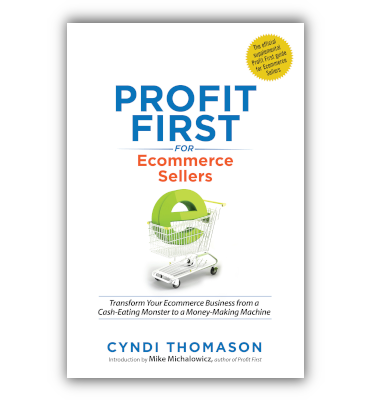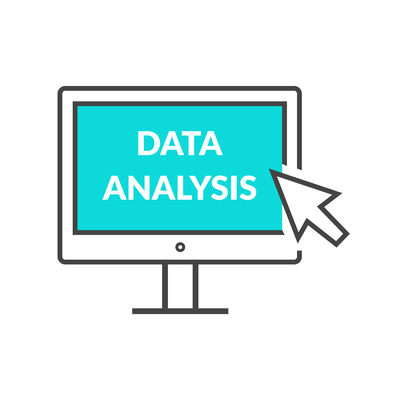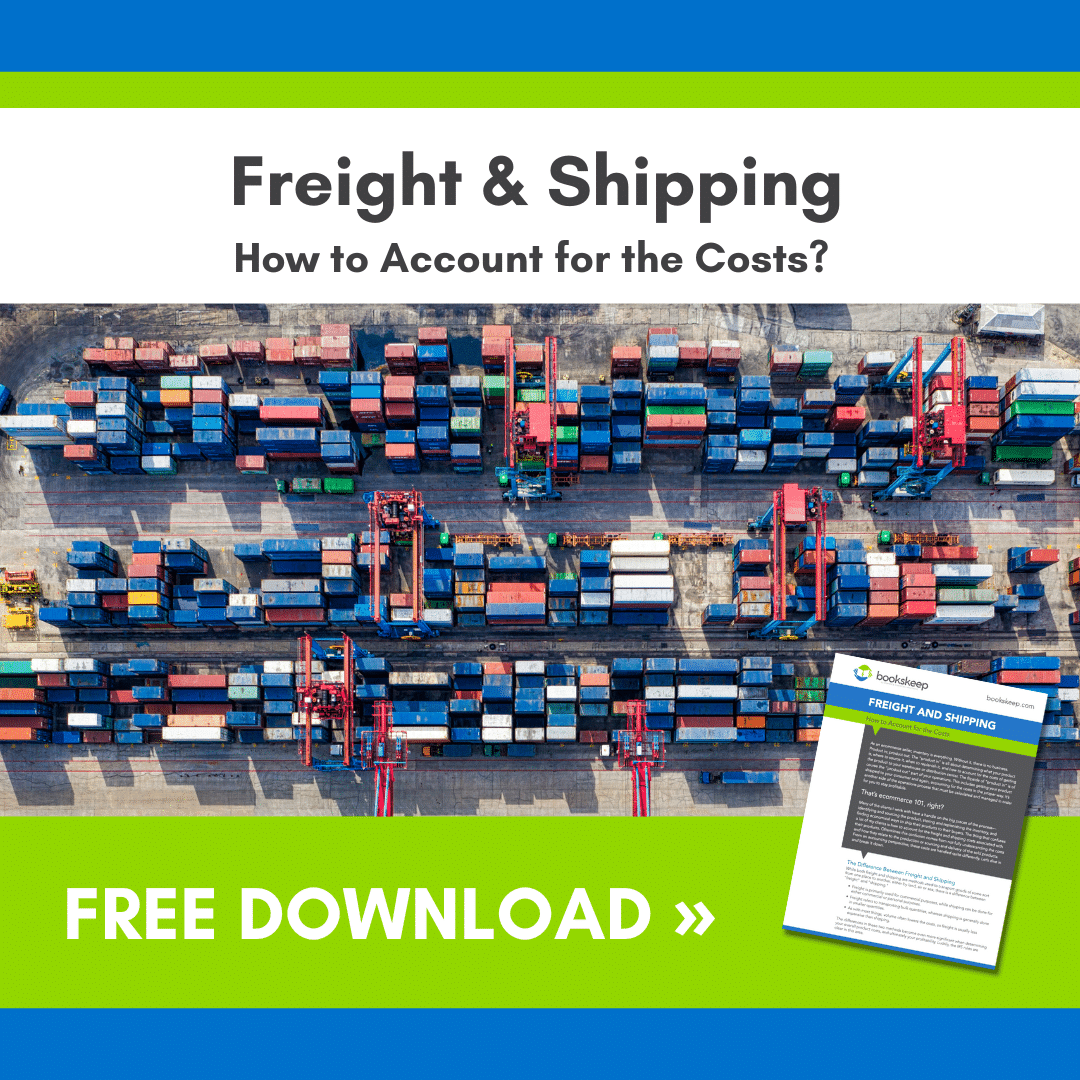In real estate we often hear the top three things that matter most are Location, Location, Location. For ecommerce sellers our mantra should be Margin, Margin, Margin! Gross Margin or Gross Profit is a number every seller should know. I hear a lot of talk about ROI, and that is important as you make sourcing decisions; however, the number that matters at the end of the day is Gross Margin. Simply put, Gross Margin is your Top Line Sales, less your Cost of Goods Sold and Cost of Sales. In Profit First terms, we call it Real Revenue. Cost of Goods Sold includes your product costs, prepping and packaging costs, and shipping to you or Amazon along with any Customs fees. Cost of Sales includes your Amazon fees and merchant processor fees for your website sales.
Common Mistakes Ecommerce Sellers Make
There are some common mistakes sellers make with regard to their gross margins. First of all, many sellers look at their inventory software or listing software to determine this number. The software typically does a good job, but it must be maintained. It’s not a “set it and forget it” type system. If your purchase price varies, your selling price changes or your shipping method changes, which can have a huge impact on your profitability. You need to keep your inventory software updated with your latest information to ensure the summary margin data is accurate.
Secondly, your inventory software doesn’t really have a “reconciliation” type procedure like accounting systems. Do a quick check-up every month to ensure the numbers you use from your inventory system are giving you comparable results to your accounting system. True accounting systems like QuickBooks Online and Xero should be balanced back to the financial institution statements monthly to ensure that the data is accurate. If you are getting different results and your reconciliations are complete and up to date in your accounting system, take the time to evaluate the accuracy of your inventory tracking system.
Take a Look at Your Gross Margins
Gross margin from your accounting system is an aggregate of all your products. We recommend to our clients that they strive for a 30% gross margin with every product. However, not every product performs the same. Your product mix will have some top performers that increase the average and some that bring the average down. Once you have validated that your inventory system data is in line with your accounting system, take the time to understand your top performers and your poor performers. Is there anything you can do to improve those top performers to sell more? Build on that product’s success while you can.
Next, take a look at the bottom performers. Is it time to cut them loose? Many times, we get attached to a product for sentimental reasons. The product hasn’t performed well for a long time, but we remember its glory days. Continuing to tie up cash in inventory for a poorly performing product is a drain on your business. It takes your attention, your employee’s time and attention and your cash. Both time and cash are resources that need to be invested in products that will generate an adequate return.
Sellers often are too overwhelmed to do this analysis if they have many products. Just start with the top 10% and the bottom 10%. Once you have a plan in place for these, then move to the next 10% top and bottom performers. Using this strategy, in 5 sessions, you will have reviewed all your products.
Evaluate Your Business Model
If you have many products that are performing below 30% gross margin, it is time to evaluate your business model. Be ruthless in this evaluation because it is critical to operating your business in a manner that rewards you as both owner and employee and gives you the operating capital needed to avoid using debt. If your business is not achieving near 30% gross margin, borrowing money to make inventory purchases means the debt service is going to erode much of your already small margin. This will require you to prop up the business with debt to cover your operating expenses. Once this cycle starts, it is very hard to escape.
Get Real About Your Performance
Entrepreneurs are optimistic, and we focus on the good news numbers. If you look at your Profit and Loss and aren’t making 30%, don’t panic. It is time however, to get serious and take the steps to really understand your business’ performance and your products’ performance. This analysis will shine the light on the areas you should focus your attention on in order to get your business on the right track. The track that puts Profit First so it can support and reward you!
Interested in Profit First?

You can also sign up for the Profit First for Ecommerce Sellers Online Course. As a Mastery Level, Certified Profit First Professional, I will teach you why Profit First works so well for ecommerce businesses and the particular challenges for businesses that have physical products requiring inventory management. You will learn how your behavior drives your money management habits for your business and how you can set up your business bank accounts to work with your habits.





Leave a Comment